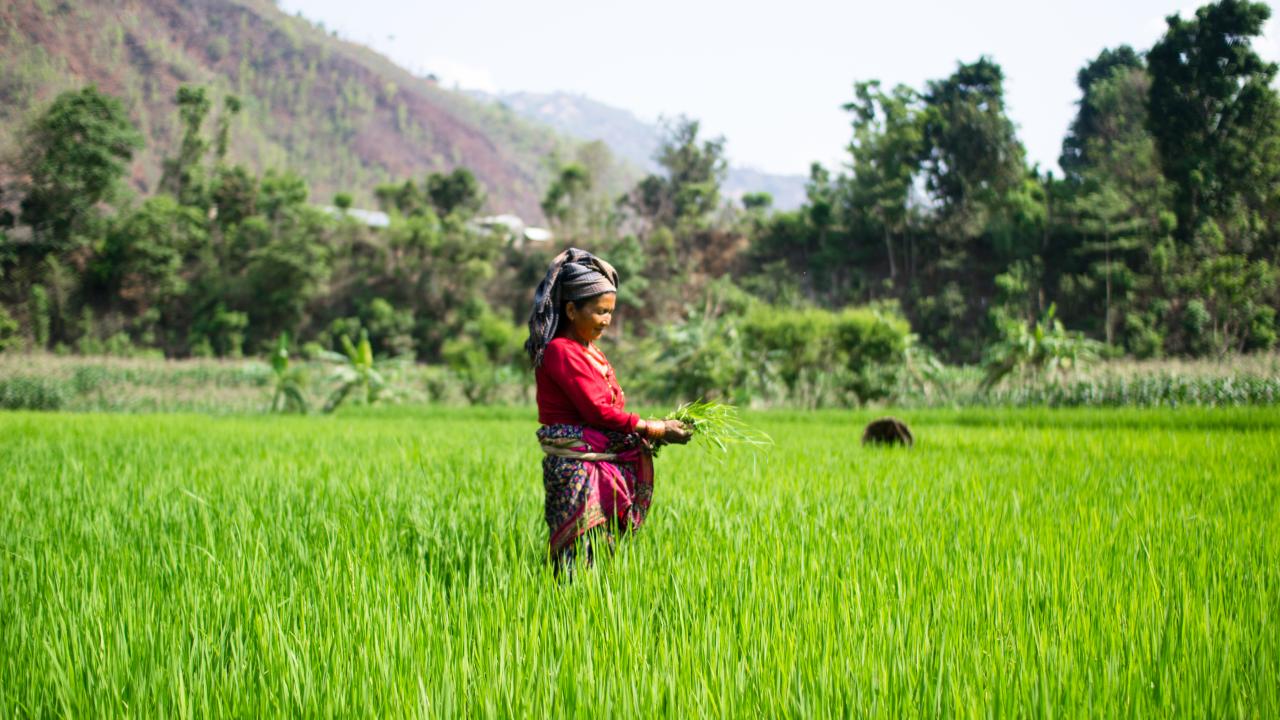NEWS
Cultivating Resilience: The Importance of Crop Risk Management in Agriculture

Agriculture, being highly susceptible to various risks and uncertainties, requires proactive management strategies to ensure the sustainability and profitability of farming operations. Crop risk management plays a pivotal role in mitigating the impact of unpredictable factors such as adverse weather conditions, pests and diseases, market volatility, and other challenges faced by farmers. This article emphasizes the importance of crop risk management in agriculture and explores how the integration of advanced technologies like field management systems can enhance resilience and improve the overall success of farming enterprises.
1. Understanding Crop Risks:
Crop risks encompass a wide range of factors that can negatively affect agricultural production. These risks include but are not limited to unpredictable weather patterns (such as droughts, floods, or extreme temperatures), pests and diseases, market fluctuations, financial uncertainties, and policy changes. Recognizing and understanding these risks are essential for farmers to develop effective strategies and implement appropriate risk management measures.
2. Planning and Diversification:
Crop risk management starts with comprehensive planning and diversification. Farmers need to assess their farming operations, including the choice of crops, planting schedules, and geographical considerations. By diversifying crop types, farmers can spread their risk across multiple crops, reducing the potential impact of a single crop failure. Additionally, implementing crop rotation and intercropping techniques can help improve soil health, pest management, and overall farm resilience.
3. Insurance and Risk Transfer:
Insurance plays a vital role in crop risk management by providing financial protection against losses caused by natural disasters, crop failure, or market volatility. Crop insurance programs offer coverage for yield losses, revenue fluctuations, and other specific risks. Farmers should explore different insurance options and evaluate policies that align with their specific needs and farming practices. Insurance serves as an effective risk transfer mechanism, providing peace of mind and safeguarding farmers’ investments.
4. Integrated Pest and Disease Management:
Pests and diseases pose significant risks to crop health and productivity. Implementing integrated pest and disease management (IPM) practices can help minimize the impact of these threats. IPM combines various approaches, including biological control, crop rotation, cultural practices, and targeted pesticide applications. By monitoring pest populations, employing preventive measures, and utilizing environmentally friendly pest control methods, farmers can effectively manage risks and reduce reliance on chemical inputs.
5. Weather Monitoring and Irrigation Management:
Unpredictable weather patterns, such as droughts or excessive rainfall, can severely impact crop yields. Utilizing weather monitoring technologies and irrigation management systems can help farmers make informed decisions regarding irrigation scheduling, water conservation, and drought preparedness. Field management systems equipped with weather sensors and data analysis capabilities enable farmers to monitor real-time weather conditions, access historical climate data, and optimize irrigation practices, leading to efficient water usage and improved crop resilience.
6. Market Analysis and Diversification:
Market volatility and price fluctuations pose significant risks to farmers’ income. Engaging in market analysis and diversification strategies can help mitigate these risks. Farmers should regularly monitor market trends, consumer demands, and supply chain dynamics. Diversifying market channels, exploring value-added opportunities, and establishing direct farmer-consumer relationships can reduce dependence on a single market outlet and provide greater stability in revenue streams.
7. Integration of Field Management Systems:
Advanced technologies like field management systems can revolutionize crop risk management in agriculture. These systems integrate various functionalities, including field mapping, task management, resource allocation, and real-time data collection. By leveraging data-driven insights, farmers can optimize field operations, monitor crop health, track pest and disease occurrences, and make informed decisions regarding risk mitigation strategies. The integration of field management systems enhances the overall efficiency and effectiveness of crop risk management efforts.
8. Knowledge Sharing and Training:
Continuous learning, knowledge sharing, and training are integral to effective crop risk management. Farmers can benefit from participating in workshops, training programs, and agricultural extension services that focus on risk assessment, best management practices, and the adoption of innovative technologies. Sharing experiences and collaborating with other farmers, researchers, and industry professionals can also provide valuable insights and perspectives on effective risk management strategies.
9. Early Warning Systems and Preparedness:
Developing and implementing early warning systems is vital in anticipating and responding to potential risks. Early detection of pests, diseases, or adverse weather conditions enables farmers to take timely preventive or remedial actions. This includes scouting fields regularly, installing weather monitoring devices, utilizing pest traps, and leveraging mobile applications or online platforms that provide real-time updates and alerts. Preparedness plans should be in place, outlining strategies for emergency response, resource allocation, and post-disaster recovery.
Conclusion:
Crop risk management is essential for building resilience and ensuring the long-term sustainability of agricultural enterprises. By implementing comprehensive risk management strategies, including planning, diversification, insurance, integrated pest and disease management, weather monitoring, market analysis, and the integration of field management systems, farmers can navigate uncertainties, reduce vulnerabilities, and optimize their productivity and profitability. Investing in crop risk management not only safeguards farmers’ livelihoods but also contributes to food security and the overall resilience of the agricultural sector.Click here for more details.
Harper Harrison is a reporter for The Hear UP. Harper got an internship at the NPR and worked as a reporter and producer. harper has also worked as a reporter for the Medium. Harper covers health and science for The Hear UP.










